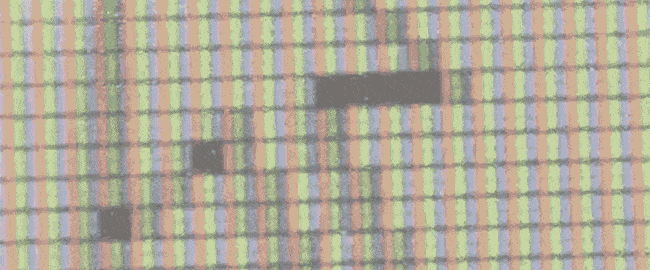
The Hisense A9 smartphone, the latest eInk model produced by the Chinese company, which at this point has a full line of eInk smartphones.
Odds are, you probably haven’t been keeping too close an eye on the electronic ink space of late, but one gets the feeling, in looking at what’s out there that it could be turning into something pretty awesome to watch in short order.
As a result, you might want to fix that.
https://bsky.app/profile/shortformernie.bsky.social/post/3l7r7ul6ohx2n
To give you an idea, here are just a few of the products that have emerged from it within the last couple of years:
Full-fledged eInk phones. While these are generally seen as minimalist things, the market is expanding and some of these tools are increasingly becoming as robust as the LCD and AMOLED devices other folks use. Primarily made by one company, Hisense, at this time, even some color models exist at the moment. While hard to come by through traditional channels outside of China, from a cost perspective, they actually are priced on the low end.
eInk monitors. Sold largely by the Chinese company Dasung (note the trend here), full-fledged monitors that are designed to either be lugged with you or included as a writing-centric element of your desk setup are hitting the market of late. The desktop-sized 25-inch monitor Dashing sells is not particularly cheap, going for $2,150, but the fact that it exists suggests an evolution in eInk’s market.
Hobbyist/programmer-targeted devices. Led by Pine64’s PineNote, this market segment shows the fact that there’s growing interest in building eInk solutions specifically for developers.
This combination of innovations—mixed with the still-diversifying market for tradtional eInk readers and tablets, along with niche use cases like eInk as a way to list prices—feels like a sign that it’s a technology that’s going to be on the cusp of a bigger breakthrough in due time.
Now, to be clear, eInk does have its limitations. Ghosting is a natural aspect of the format because of it’s design, and combined with a refresh rate that is only somewhat swift if you allow for more ghosting, it will likely create challenges for mainstream uptake down the road if these issues aren’t resolved.
And while color eInk screens exist (and have been getting better), they tend to be more washed out and even slower than the more traditional black and white screens. These aren’t screens designed for video, and they likely never will be. But when it comes to reading written content, they feel like the ticket.
To me, eInk feels like it’s on a similar track of uptake to LCD, which started in a very primitive form in the 1970s and 1980s, only to emerge as a more fully formed specimen of digital screen by the late ’90s. eInk, while about a quarter-century old at this point, has required a much longer gestation period than LCD because of differences in its use case and refresh rate.
I’m optimistic though. Once this is all figured out, we could have more options, some of which are easier on the eyes.
Time limit given ⏲: 30 minutes
Time left on clock ⏲: 5 minutes, 44 seconds



